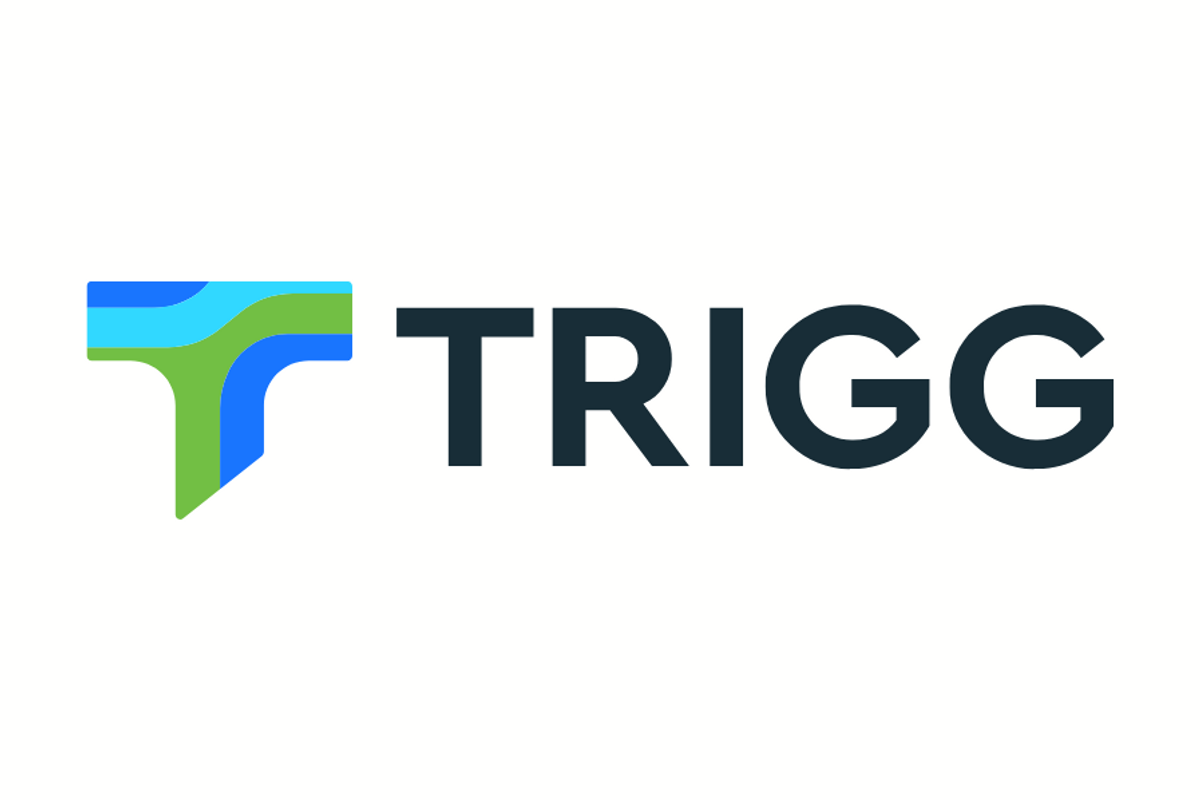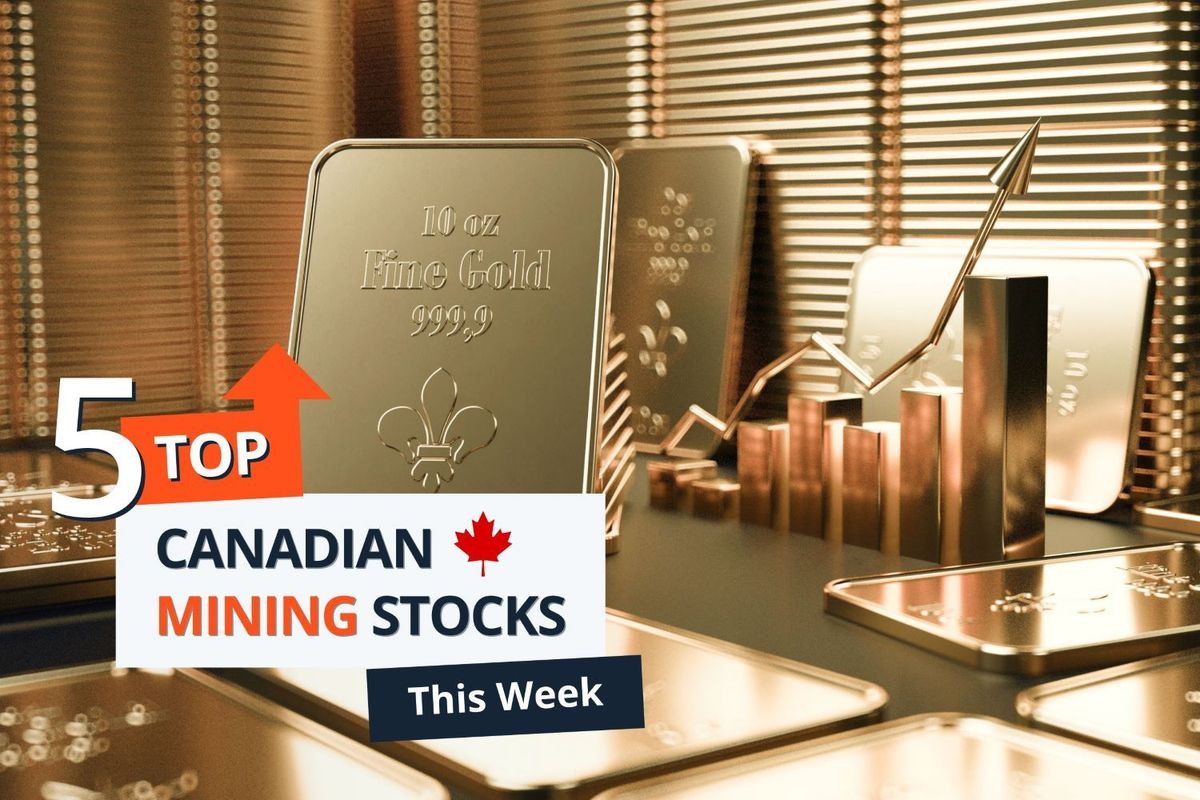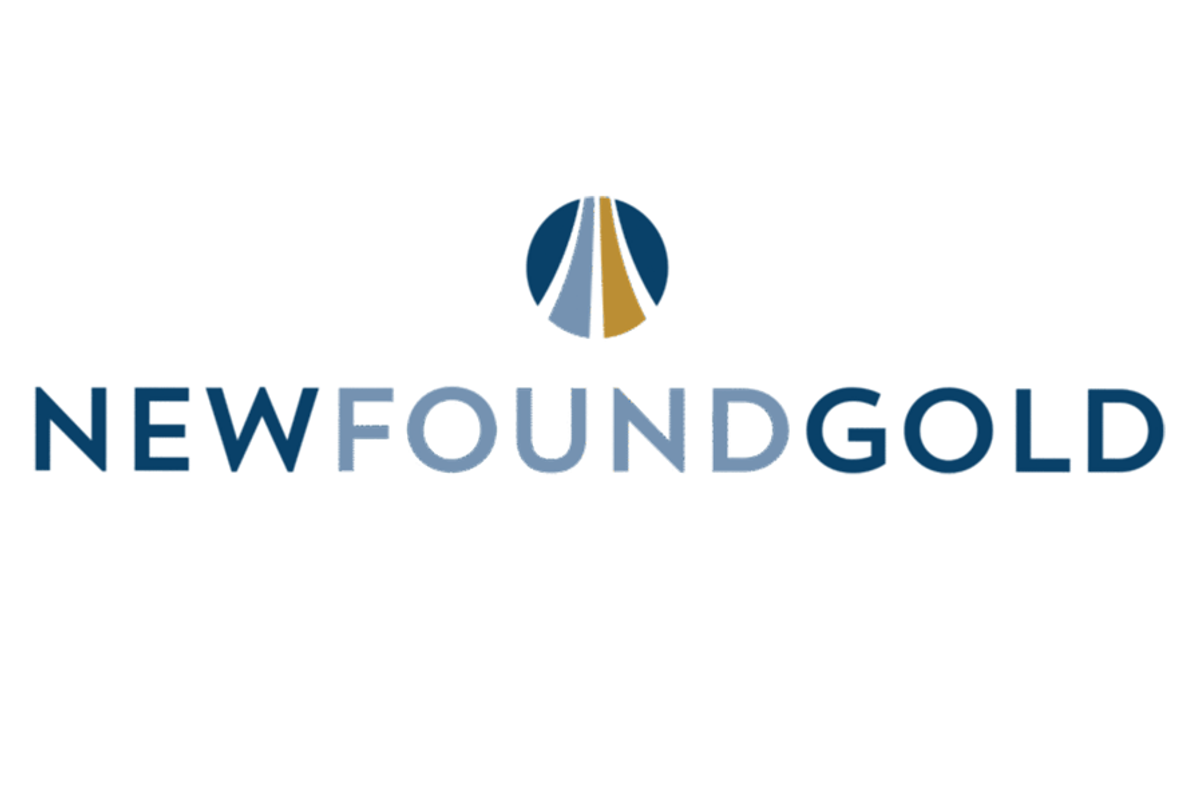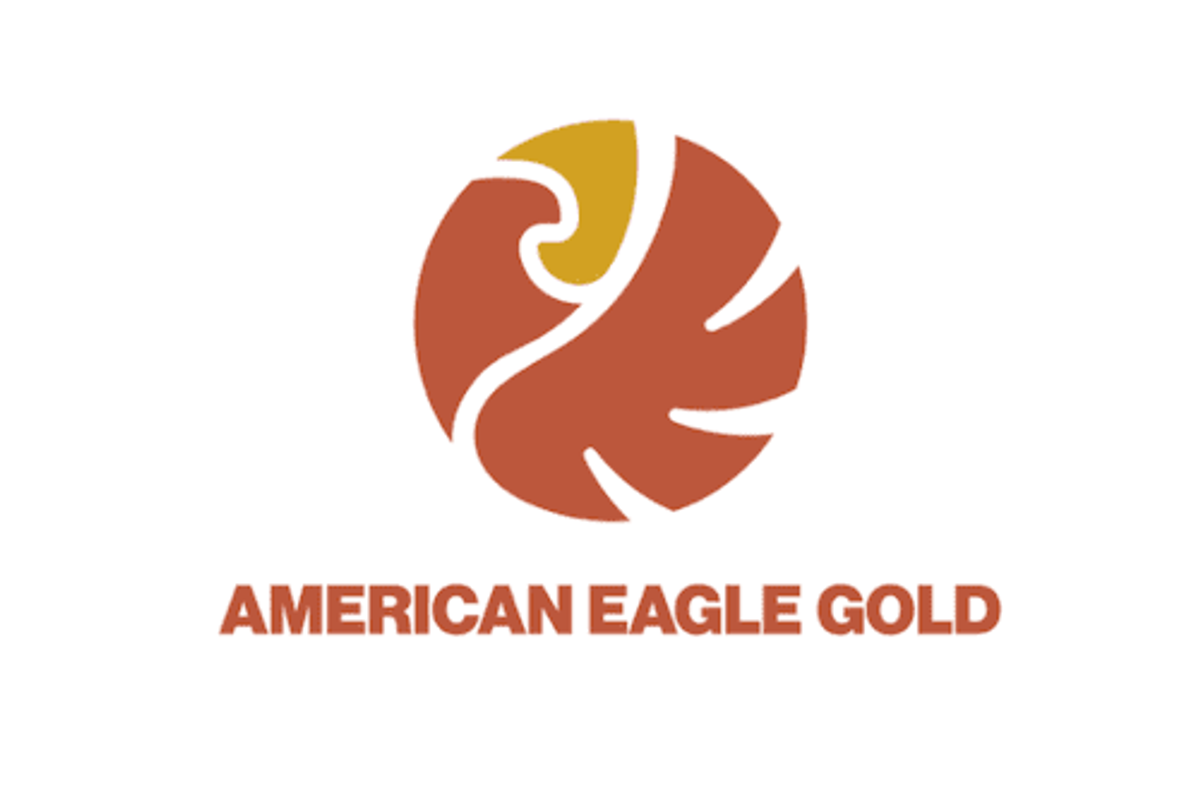
February 24, 2025
Trigg Minerals Limited (ASX: TMG| OTCQB: TMGLF) ("Trigg" or the "Company") has announced Unlocking a New High-Grade Antimony-Tungsten Structure Adds Potential to Wild Cattle Creek.
HIGHLIGHTS
- Trigg has confirmed high-grade antimony and tungsten mineralisation beneath the primary Wild Cattle Creek deposit, with assays of 2.14% tungsten (Hole 10WRD16) and 27.6% antimony (Hole 10WRD16W) (refer Appendix 1).
- The parallel structure is characterised by average grades of 13% antimony (Sb) and 1.03% tungsten (W).
- The 2024 MRE omitted the parallel structure, which lies 35m north of WCC and remains open along strike (west) and at depth.
- Both the WCC alteration halo and the parallel structure indicate a significant westward increase in antimony and tungsten grades, underscoring robust resource upgrade potential.
- Limited historical focus on tungsten presents a significant opportunity to unlock additional resources and value through further exploration and assessment.
- Wild Cattle Creek is Australia's widest known antimony deposit, with an average mineralised width of 20 meters, significantly exceeding typical narrow vein-hosted Sb deposits in the region.
- Drilling results reveal an underlying gold system and robust enrichment within the stockwork alteration of the Wild Cattle Creek antimony deposit, suggesting further exploration could unlock additional value like Hillgrove and Costerfield.
The recent Chinese government suspension of tungsten exports, effective February 2025, has sent shockwaves through global markets. China is the world's dominant supplier, responsible for over 80% of global tungsten production, making this a pivotal moment for alternative sources to emerge.
Trigg Minerals’ (ASX: TMG) Wild Cattle Creek deposit at its 100% owned Achilles Project is now in sharp focus. Previously overlooked in historical drilling, the high-grade tungsten mineralisation could be crucial in securing a domestic supply of this critical mineral.
Wild Cattle Creek has long been known for its high-grade antimony, with Trigg recently upgrading the Mineral Resource Estimate (MRE) to 1.52Mt at 1.G7% Sb, containing 2G,G02 tonnes of antimony comprising 0.G6Mt at 2.02% Sb (Indicated) and 0.56Mt at 1.88% Sb (Inferred); see ASX announcement dated 19 December 2024. However, tungsten mineralisation—strongly associated with the alteration selvage near high-grade antimony zones—has largely been overlooked.
Trigg has confirmed that high-grade antimony and tungsten (Figure 1; Table 1) are also present in a subparallel vein lying approximately 35m beneath (i.e. north of) the primary Wild Cattle Creek system. This vein extends over 100 metres in the westernmost sections of the deposit. It remains open at depth and along strike, highlighting the strong potential for additional resources in antimony and tungsten.
Click here for the full ASX Release
This article includes content from Trigg Minerals Limited, licensed for the purpose of publishing on Investing News Australia. This article does not constitute financial product advice. It is your responsibility to perform proper due diligence before acting upon any information provided here. Please refer to our full disclaimer here.

Sign up to get your FREE
Trigg Minerals Investor Kit
and hear about exciting investment opportunities.
- Corporate info
- Insights
- Growth strategies
- Upcoming projects
GET YOUR FREE INVESTOR KIT
The Conversation (0)
12 November
Trigg Minerals
Developing America’s next sources of antimony and tungsten – critical minerals essential for defence, energy and advanced technologies.
Developing America’s next sources of antimony and tungsten – critical minerals essential for defence, energy and advanced technologies. Keep Reading...
20h
Top 5 Canadian Mining Stocks This Week: Sirios Resources Gains 120 Percent
Welcome to the Investing News Network's weekly look at the best-performing Canadian mining stocks on the TSX, TSXV and CSE, starting with a round-up of Canadian and US news impacting the resource sector.The Bank of Canada Governing Council met on Wednesday (December 10) for the final... Keep Reading...
12 December
Transition Metal
Transition Metals Corp. (TSXV: XTM) is a Canadian-based, multi-commodity explorer. Its award-winning team of geoscientists has extensive exploration experience which actively develops and tests new ideas for discovering mineralization in places that others have not looked, often allowing the... Keep Reading...
12 December
Marmota Unveils High-grade Gold Finds at Greenewood Discovery
Marmota (ASX:MEU) has revealed the first detailed assays from its maiden program at the Greenewood gold discovery in the Gawler Craton of South Australia.In a Thursday (December 11) release, the company highlighted results including 95 grams per tonne (g/t) gold from 22 metres (as part of a... Keep Reading...
11 December
Brixton Metals Closes Tranche 2 Of Its Private Placement
Not for distribution to United States Newswire Services or for dissemination in the United States Brixton Metals Corporation (TSX-V: BBB, OTCQB: BBBXF) (the " Company " or " Brixton ") is pleased to announce that it completed on December 11, 2025, the second tranche of a non-brokered private... Keep Reading...
11 December
New Found Gold Announces Infill Drilling at the Monte Carlo Zone, Queensway Gold Project
New Found Gold Corp. (TSXV: NFG) (NYSE American: NFGC) ("New Found Gold" or the "Company") is pleased to announce infill drill results from the Monte Carlo zone ("Monte Carlo") in the AFZ Core ("AFZC"), completed as part of the Company's ongoing 2025 drill program on its 100%-owned Queensway... Keep Reading...
11 December
American Eagle Extends South Zone Discovery by over 300 Metres; Returns 91 m of 1.53% CuEq Within 167 m of 1.06% CuEq
Highlights: South Zone Expansion: NAK25-57 intersected 167 m of 1.06% Copper Equivalent (CuEq), including 91 m of 1.53% CuEq, within 909 m averaging 0.41% CuEq from surface; this extends the NAK25-46 discovery more than 100 m west. NAK25-52 extends the high-grade NAK25-48 discovery by over 200... Keep Reading...
Latest News

Sign up to get your FREE
Trigg Minerals Investor Kit
and hear about exciting investment opportunities.
- Corporate info
- Insights
- Growth strategies
- Upcoming projects
GET YOUR FREE INVESTOR KIT
Latest Press Releases
Related News
TOP STOCKS
American Battery4.030.24
Aion Therapeutic0.10-0.01
Cybin Corp2.140.00






